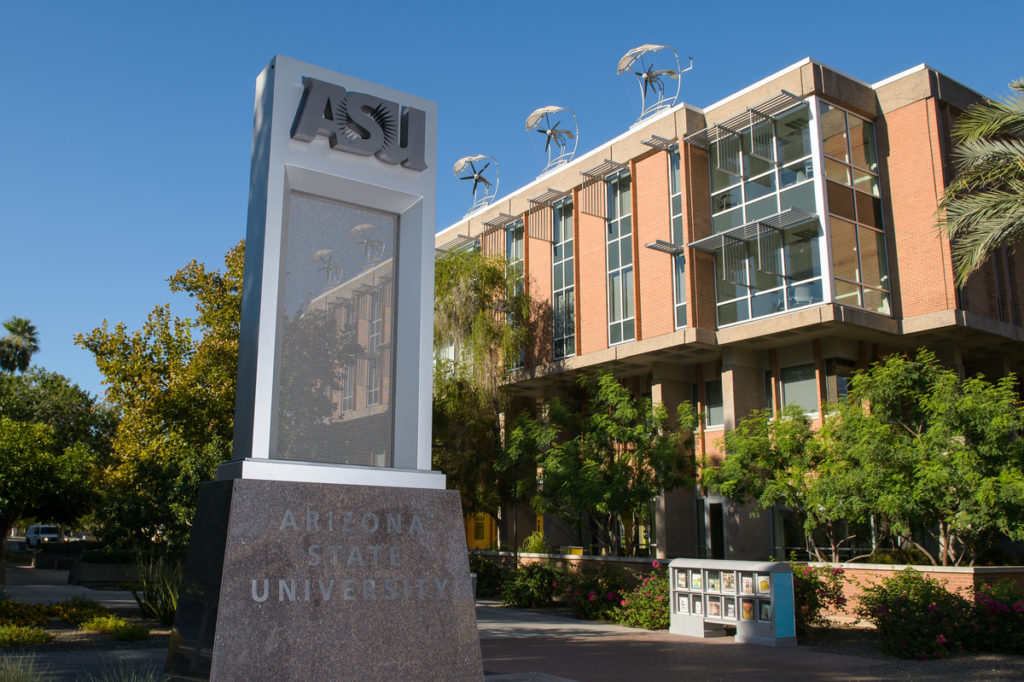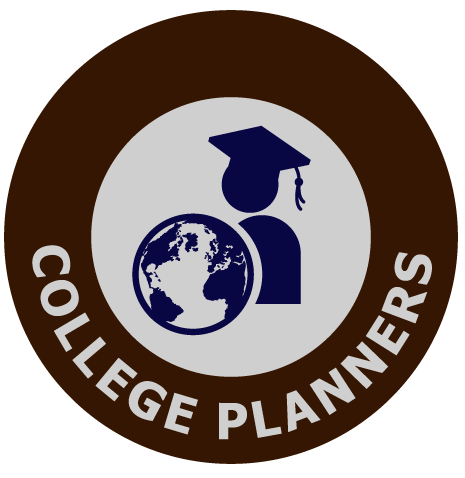
Arizona State University tops the list of “most innovative schools” in the newly released U.S. News & World Report college rankings for 2016.U.S. News and World Report listed Arizona State University at the top of “most innovative schools” list in the newly released U.S. News & World Report college rankings for 2016. ASU’s Wrigley Hall, pictured, is home to some of that innovation as it houses the School for Sustainability. “Most innovative” is a new category for the widely touted set of annual rankings by the news magazine, which compares more than 1,500 institutions on a variety of metrics.
ASU topped the list based on a survey of peers. College presidents, provosts and admissions deans around the country nominated up to 10 colleges or universities that are making the most innovative improvements to curriculum, faculty, students, campus life, technology or facilities.
Though, it’s not just college officials who are noticing ASU’s innovative atmosphere.
“ASU provided us with so many opportunities to excel in entrepreneurship and other projects,” said Jared Schoepf, who was on a team of undergraduates who launched a startup called SafeSipp, which designed and produces water-purifying devices for developing countries.
“We went to several competitions and we realized that ASU gave us that upper edge to compete.”
After ASU, the four most innovative universities were Stanford, Massachusetts Institute of Technology, University of Maryland – Baltimore County, Georgia State. Half of the 28 universities on the list, like ASU, are public.
ASU has launched several unique programs in the past few years, including several focused on widening access to higher education, which is a mission of University President Michael Crow.
Last year the school announced the Starbucks College Achievement Plan, a partnership with the coffee company that offers full tuition reimbursement to Starbucks employees who pursue an online degree through ASU. And this fall saw the debut of ASU’s Global Freshman Academy, in which students can take online classes and decide after completion whether they want to pay for the credits, which are offered at a rate of $200 per hour.
ASU is also exploring better ways to teach. Several hundred freshmen are participating in a new project-based learning pilot this year called ProMod. The program combines instruction in general education and students’ focused areas of study while they tackle real life problems. Faculty are researching whether the students are more likely to complete their degrees than students who take classes delivered in the traditional way.
Sometimes innovation comes in the form of foresight.
The W.P. Carey School of Business, which maintained its top-30 ranking for undergraduate business schools in the magazine’s listings, was among the first to create a master’s of science in business analytics, in which graduates learn how to harness the power of massive amounts of data. The program, which was started in response to industry demand, has tripled its enrollment in the two years it’s been offered.
“Ranking in the top 30 for the past decade is a testament to the ability of faculty and staff to focus on individual student attention and program excellence at the same time,” said Amy Hillman, dean of the W. P. Carey School of Business.
For students, the approach to innovation can be both academic and practical.
“It’s spectacular what they allowed us to do,” said Schoepf, who is now pursuing his doctorate in chemical engineering at ASU.
Schoepf and his team launched their product as part of the Engineering Projects in Community Service program at the Ira A. Fulton Schools of Engineering. He said they won several grants totaling more than $50,000 to launch their product, including rent-free manufacturing space provided by ASU.
Among the other U.S. News and World Report rankings, ASU was 8th in “best online programs” and 16th for faculty commitment to teaching undergraduates. ASU also appeared on a list of 92 universities touted as being “A+ schools for B students,” where “nonsuperstars” can thrive. That list was presented alphabetically, not ranked.
But creating a culture of innovation is more than starting separate programs across the university.
“You do need to create a sustainability of innovation across the breadth of the university – a little pocket here and a little pocket there just doesn’t do it,” said Dave Guston, founding director of ASU’s new School for the Future of Innovation in Society.
He credits President Crow with fostering a foundation for innovation.
“The faculty members feel very comfortable crossing boundaries and engaging in collaborations that at other institutions would be treated with something between indifference and hostility.”
Guston said that culture of innovation has helped recruit faculty to ASU.
“Basically, the faculty we’ve brought into the new school are coming specifically to do things they felt they were not able to do at their home institutions.”
